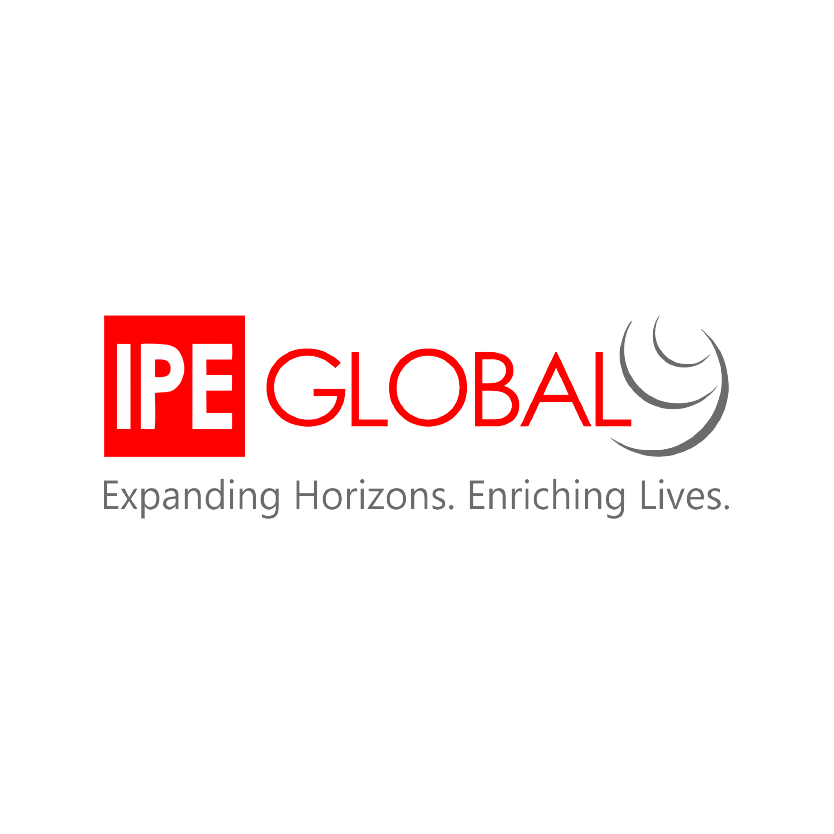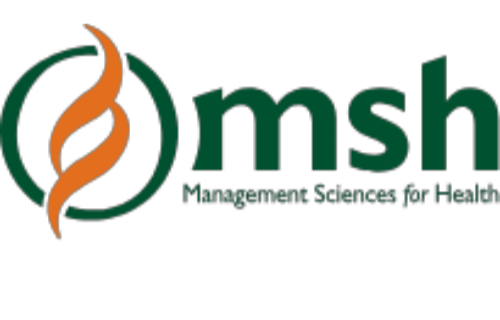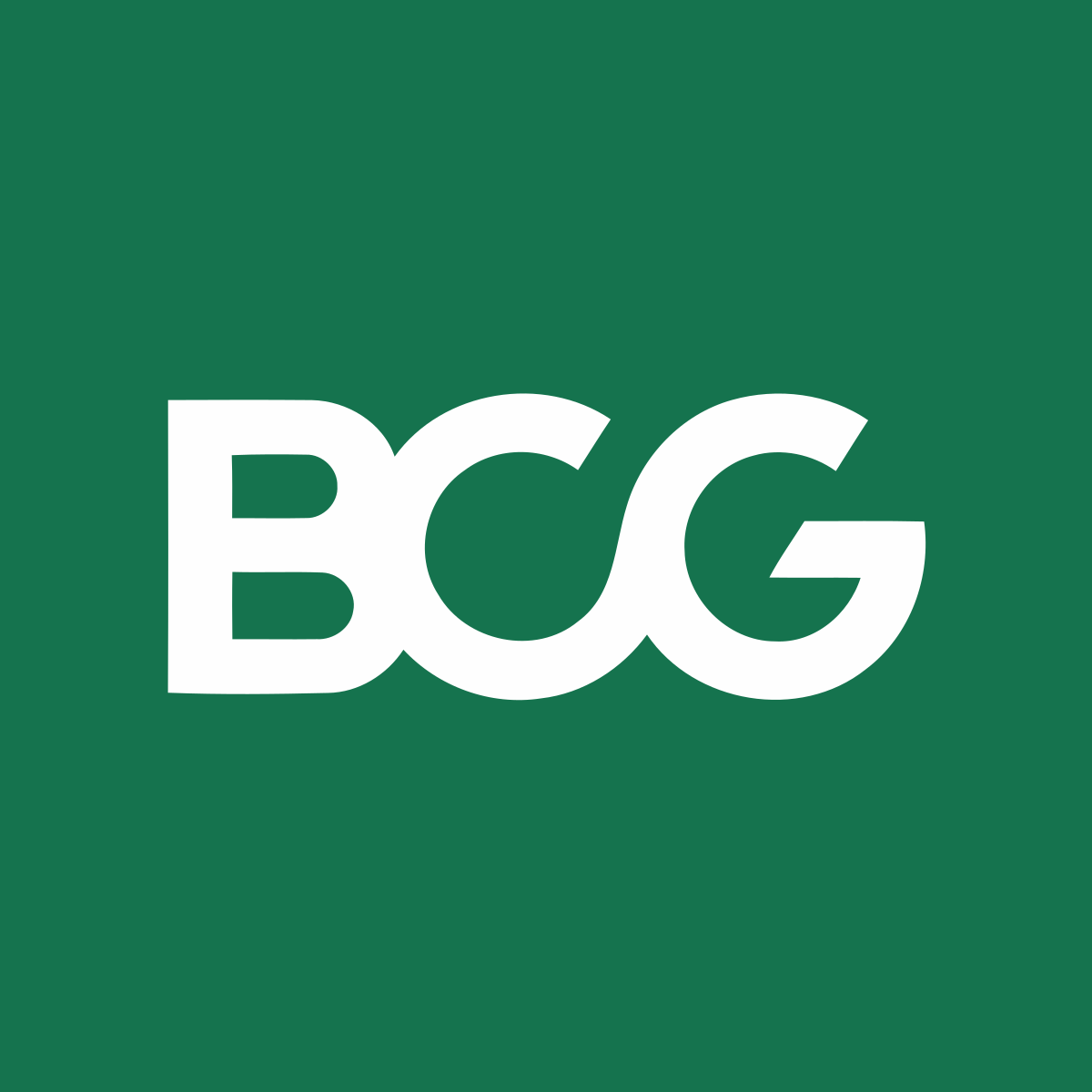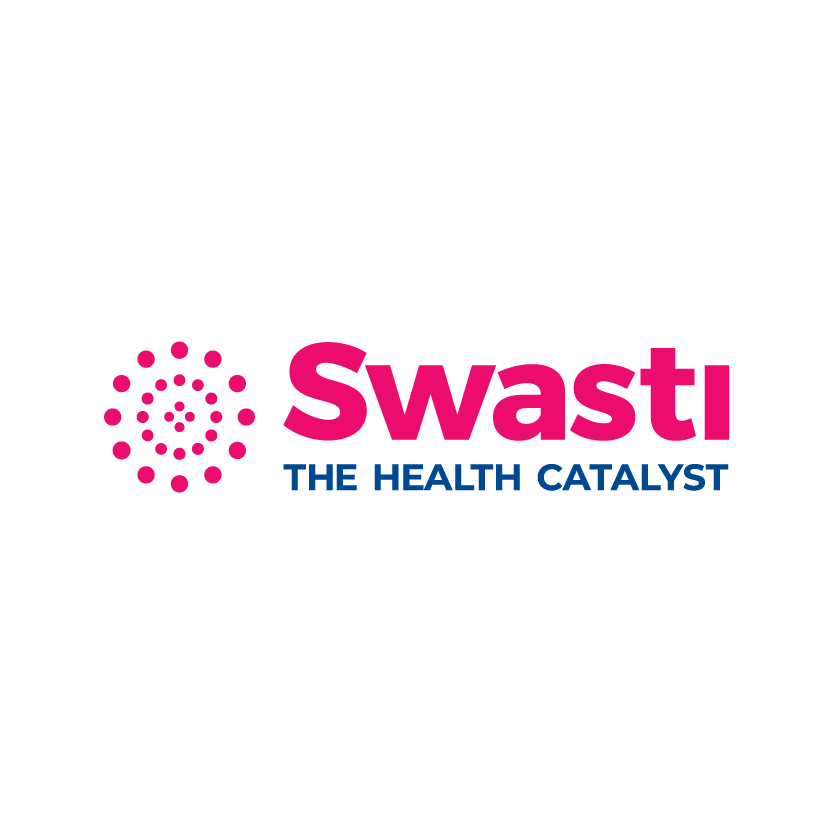

This section presents actionable insights for practitioners from our collaboration of experts.
Analysis
FILTER
BY CATEGORY
View All
India Health System Review
05 May 2022by Divya Rani Singh 15 MIN READ
The Health Systems in Transition (HiT) profiles are country-specific reports that provide a detailed description of a country's health system, as well as reform and policy initiatives currently underway or in development. As it seeks to transform its health sector, India is undergoing a triple transition – economic, demographic, and epidemiological – that presents both challenges and opportunities.
India achieved a sustained annual growth rate of over 5% in real per capita Gross Domestic Product(GDP) between 1990 and 2019, transforming into a lower-middle-income country. The country is also going through a demographic transition, with opportunities for a demographic dividend bolstered by a large and growing working-age population. At the same time, India is grappling with major challenges related to the emergence of a growing burden of non-communicable diseases, as well as its traditional concerns about communicable diseases and reproductive health outcomes.
Significant progress has been made toward achieving the Millennium Development Goals(MDG). Increased investments in reproductive, maternal, and child health, as well as improvements in socioeconomic status, have been credited with lower maternal and infant mortality and a higher share of institutional deliveries. In 2015, India had a Under-five Mortality Rate of 43 deaths per 1000 live births, which was close to the MDG target of 42. Progress on communicable diseases has also been uneven. While polio has been eradicated and the HIV/AIDS epidemic has been contained, tuberculosis remains a major public health concern, especially with the rise of multidrug-resistant tuberculosis. Dengue and chikungunya have long been a source of concern for city health officials. COVID-19 has demonstrated the difficulties of a chronically underfunded health system, and, more importantly, for the first time, the wealthy have felt the lack of access. The rising costs of health care borne by households are largely due to sustained government underfunding and the growth of unregulated private sector providers. Every year, the resulting financial burden pushes over 55 million people into poverty, with over 18% of Indian households incurring catastrophic levels of health expenditures.
The importance of the health workforce in healthcare delivery cannot be overstated. In the last few decades, medical education has expanded dramatically, encompassing medical, nursing, and technical education. The mixed health-care delivery system in India is both a strength and a weakness for the country's health system. Private providers are primarily responsible for providing personal curative health services. Physical access to medicines, vaccines, and diagnostic facilities, as well as their affordability, are major concerns. Underfunding in the public sector, combined with ineffective procurement and logistics systems, has resulted in limited access to medicines, vaccines, and medical equipment in government health facilities.
In recent years, a number of policy initiatives have been launched to address India's healthcare challenges. The National Health Mission(NHM), which was created to strengthen both the federal and state governments' health systems, has largely focused on maternal and neonatal conditions, as well as various infectious disease control programs. However, progress was uneven even here. The quality of public-sector delivery services remains a source of concern, with difficulties in dealing with birth complications, a lack of emergency obstetric care facilities, and shortages of key essential medicines and diagnostics, among other things. Since the mid-2000s, India has implemented a number of tax-funded health insurance programs. The population and service coverage of such prepaid and risk-pooled funds programs have grown dramatically over time. The strength of these programs is that they reach a large number of people, particularly the poor, improving access to hospitalization services.
In 2018, the previous Rashtriya Swasthya Bima Yojna(RSBY) was replaced by Pradhan Mantri - Jan Arogya Yojna (PM-JAY), a new national scheme that brought together several state government schemes under one roof. The PM-JAY aims to reach 500 million people with a benefit package worth INR 500,000 per household per year, involving over 1500 free packages for patients from poor and economically and socially disadvantaged groups. Despite high population coverage, the scheme appears to have increased access to hospital care but has not demonstrated any significant reduction in households' out-of-pocket expenses, which was a primary goal of the scheme.
Regulation of healthcare providers, the pharmaceutical industry, and other related systems is critical to the healthcare system's operation and patient safety. Poor infrastructure, a lack of skilled personnel, archaic legislation, and multiple authorities characterize India's current drug regulatory system, all of which contribute to poor rule and regulation implementation. Furthermore, the price-cap system for medicines is designed to balance the interests of both drug makers and patients. As a result, since the implementation of Drugs Prices Control Order (DPCO) in 2013, the scope of coverage of the number of medicines and the magnitude of price reductions of key essential drugs has been somewhat muted.
The National Health Policy 2017 lays out a clear plan for achieving Universal Health Coverage(UHC). Its call for improving health status through prevention and promotion, as well as a focus on quality and the provision of affordable and comprehensive primary care, is inspiring. The revenue buoyancy underlying higher tax collection provides opportunities for greater allocation of resources to the health sector as the Indian economy continues to grow rapidly. The integration of vertically driven disease control programs may need to be sped up or subsumed under the broad umbrella of the NHM as urban health plans merge into the NHM. Given the current government's increased focus on AYUSH, mainstreaming its services would be well-received.
Related File :
2597229401.pdfCategories
For policymakers

 EXPLORE DATA
EXPLORE DATA 



























